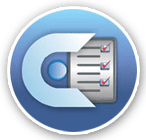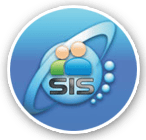It utilizes various algorithms and techniques to generate questions based on predefined criteria and parameters.
The functionality and features of such software may vary depending on the specific implementation, but here are some common elements found in automatic question paper generator software:
Question Database: The software usually includes a database of pre-existing questions categorized by subject, topic, difficulty level, and other relevant parameters. These questions serve as the basis for generating new question papers.
Question Selection: The software can automatically select questions from the question database based on user-defined criteria. These criteria may include the subject, topic, difficulty level, question type (multiple choice, fill in the blanks, etc.), and the number of questions required.
Randomization: The software often incorporates randomization techniques to ensure that each question paper generated is unique. It can randomly select questions from the database or shuffle the order of questions to prevent predictable patterns.
Customization Options: Users can typically customize various aspects of the question paper generation process. They can specify the desired number of questions, difficulty level distribution, marks allocation, time duration, and other parameters to meet their specific requirements.
Formatting and Output: The software generates the question paper in a printable or digital format, ensuring proper formatting, numbering, and layout. It may also provide options for adding headers, footers, instructions, and other necessary information to the question paper.
Answer Key Generation: Some advanced Question paper generator software can also generate answer keys automatically. It matches the selected questions with their respective correct answers and formats them in a separate document or section.
Integration with Learning Management Systems (LMS): In educational institutions, the software may integrate with existing Learning management systems, allowing seamless integration of question papers into the assessment workflow.
It's important to note that the accuracy and quality of the generated question papers depend on the quality of the question database and the algorithms implemented in the software. Human oversight and manual review are often necessary to ensure the relevance, accuracy, and appropriateness of the generated questions before using them in an actual assessment.







